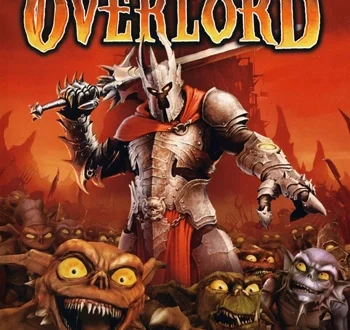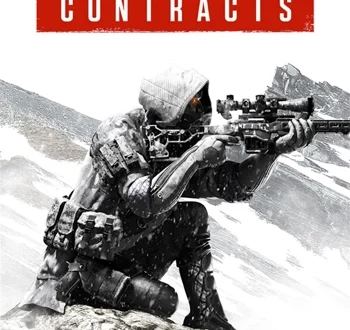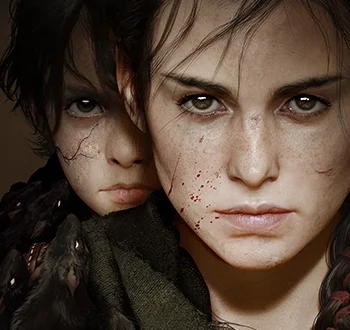The Witcher
- Information
- Trailer
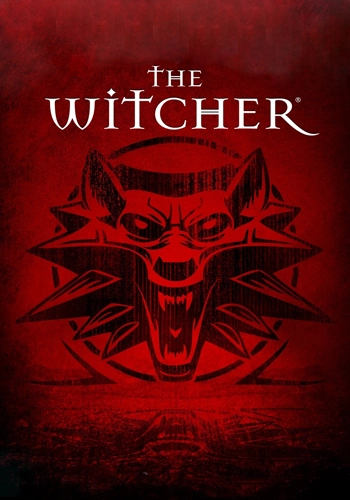
Off to a good start
This is the game review. Here you can find the music review of
The Witcher.
Fairly often games based on movies or books (or games based on movies based on books – it’s complicated, I know) are pretty mediocre and just a simple cash grab. It’s even worse with games targeting a younger audience. Lately, however, some digital adaptions of books by critically acclaimed authors from East Europe received some great virtual spinoffs. Weirdly specific, yes, but hear me out: Metro 2033 is a great game, same as Metro: Last Light, and so is the The Witcher-series.
The games are about the eponymous Witcher and his adventures, based on the books of the Polish author Andrzej Sapkowski. Developed by the Polish team CD Project RED and released in 2007, the first instalment follows the story of the witcher Geralt of Rivia, a monster slayer in a dark, fictional fantasy world called „The Continent“. However, even though the game heavily leans in on the book series, it does also prove interesting for people who haven’t read any of Sapkowski’s work, as it starts with the witcher losing his memory, thus delivering a perfect answer as to why we have to ask anyone we meet who the hell they are. And also, how to survive in the gruesome dark world of The Witcher, as it’s a lot more nightmarish and mature than your run-of-the-mill-fantasy-RPG, with lots of blood, gore and cussing – most of which comes from the protagonist himself.
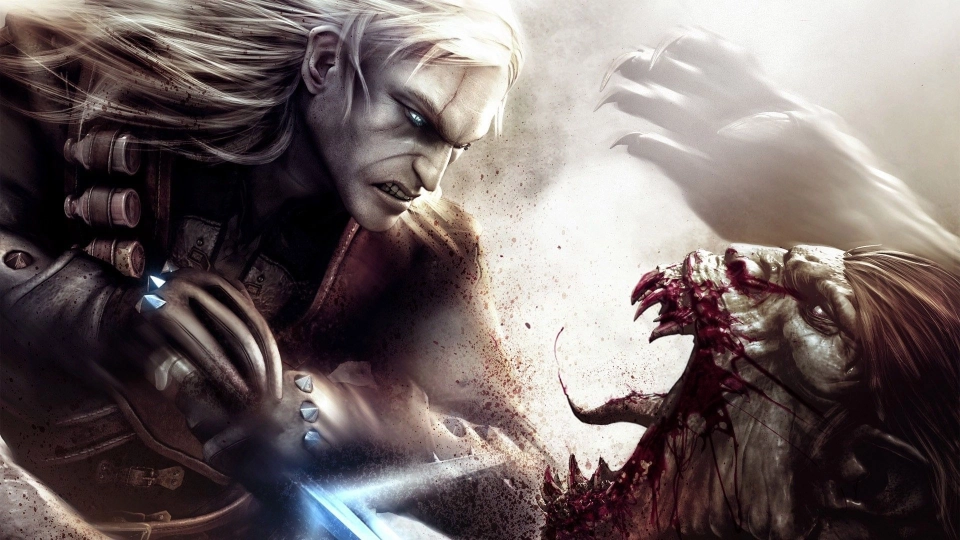
The BWitcher on his mission
But Geralt has all the right to swear, given shortly after he awakes from his coma, realizing his amnesia, the homestead of the witchers, Kaer Morhen, is attacked by an unknown wizard, who attempts to steal secret documents from the laboratory of the sorceress Triss Merigold. For any of you who already have question marks above their head: fear not, I will do any task you ask of me. And yes, it might seem a little bit overwhelming at first, but let’s get back into the story. Though the defenders are able to repel the attack, the thieves manage to escape, giving Geralt a reason to set out and chase them through the gritty world of The Witcher.
The battle for the Witcher’s homestead serves as tutorial and gives the player the chance to familiarize himself with the basic controls, and does so quite well. It also sets the proper tone for the game, as before he takes his leave, the witcher can score a one-night stand with Triss. As the player will later discover, this is not only due to the fact, that these two have some kind of relationship, but also because Geralt is not only a master of swords, if you catch my drift. It seems any lady he encounters is either a prostitute, a desperate housewife or both. Thus whenever a maiden is asking for our help, it is almost guaranteed to end in bed.
In contrast, the side-quest do vary in the extend from being epically rewarding or just a simple fetch-quest, which doesn’t go beyond the range of “Bring me X of …”, “Give me a present …” or “Slay the beast Y”. This is rather disappointing, but gives Geralt reason to slay numerous monstrosities, of which many are not the typical fantasy fare. Because next to ordinary humans, The Continent is populated by a mix of folkloric monsters. For fighting them, Geralt does wield two swords, one of made of steel for human foes, while for the beasts he uses a silver sword. In addition, the witcher can use three different fighting styles for each weapon, divided into a fast-, a strong- and group-stance. Each style is effective against a certain type of enemy, for example, as the name suggests, the group-style excels in fighting numerous enemies at once, but deals next to no damage to a single foe.

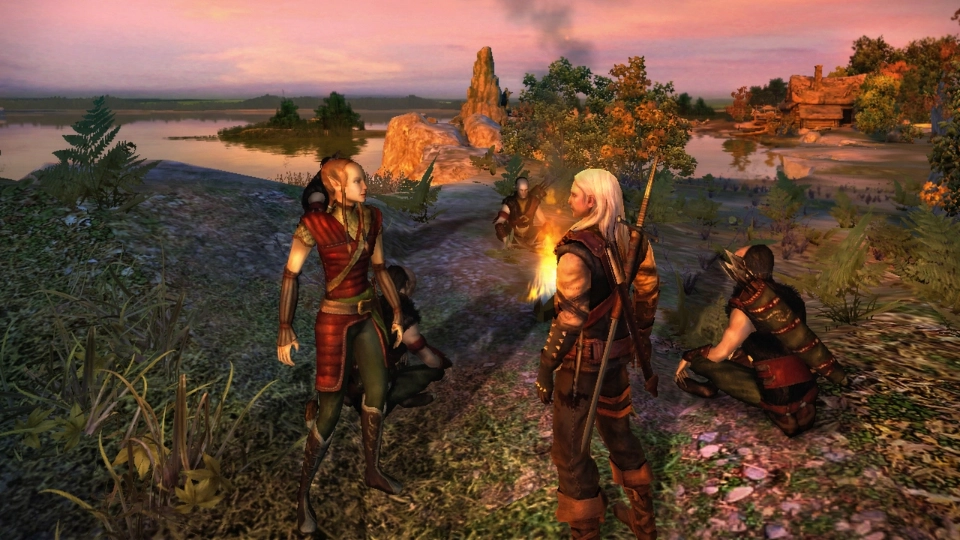
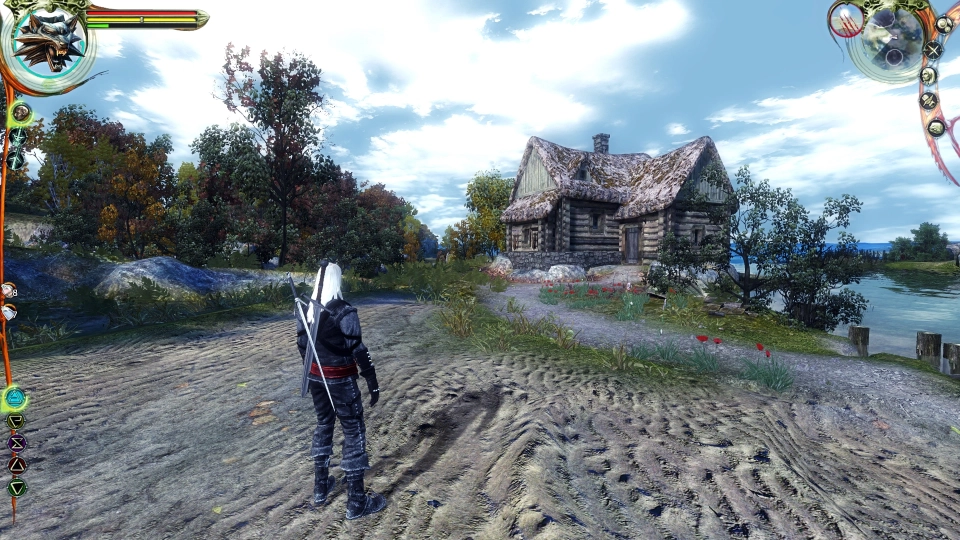
The fighting system itself is also quite different from your typical button-mashing or turn-based combat. When using the attack button, Geralt starts striking at the enemy with a whirl of attacks. At the end of his onslaught, the sword starts glowing orange, clicking again will start another attack. If timed correctly, the player can combo up a chain of attacks which can be absolutely devastating. There is, however, no button for blocking, which is done passively by Geralt and depends on the number of skill points you’ve invested in talents like “dodging” and “parrying”. In addition, you can wear up to three additional weapons like torches, mauls and daggers, which are much weaker than the swords and I almost did never use.
Fantastic Beasts and where to find them
Beside all this, Geralt is still a witcher. As the name implies, you are also more or less a master of the arcane arts and got five spells (or signs as they are called) at your disposal. Just like with the additional weapons, the spells are of patchy quality. While, for example, you can use the Aard sign to push back and temporarily stun enemies, which you can then often one-hit with your sword, the Axii sign makes enemies fight for you for a short time. However, if you don’t upgrade the signs, they will naturally be utterly useless. I for example used the Axii sign twice in total, with both times enemies resisting it. Granted, I did not upgrade it as I did Aard or Igni (a flame spell dealing massive damage), but still, there should be at least some effect, right? The other two sign are equally useless. Yrden places a spike trap on the ground which is utterly impractical in the heat of a battle, and Quen gives you a shield for a very short time, which absorbs all the damage you receive, but stops the regeneration of your stamina, which you need for casting signs.
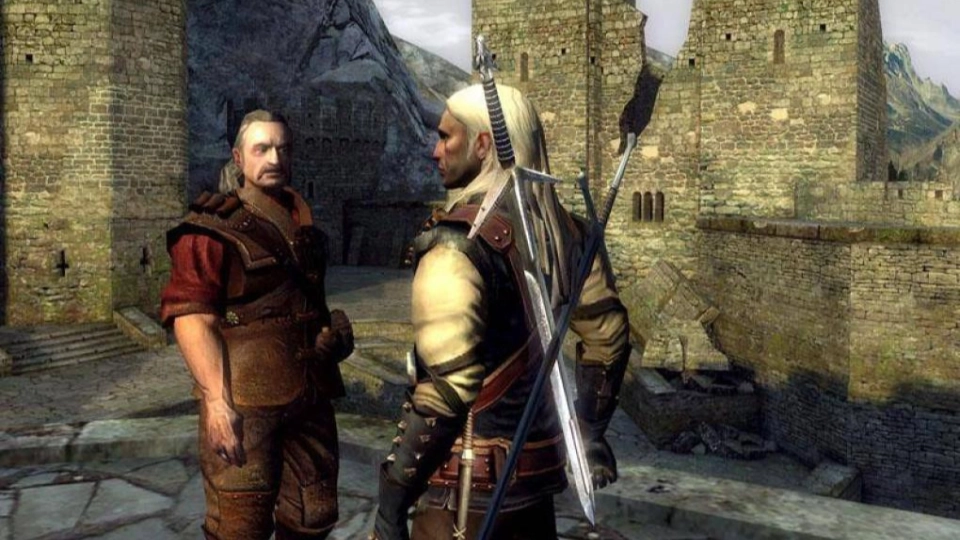
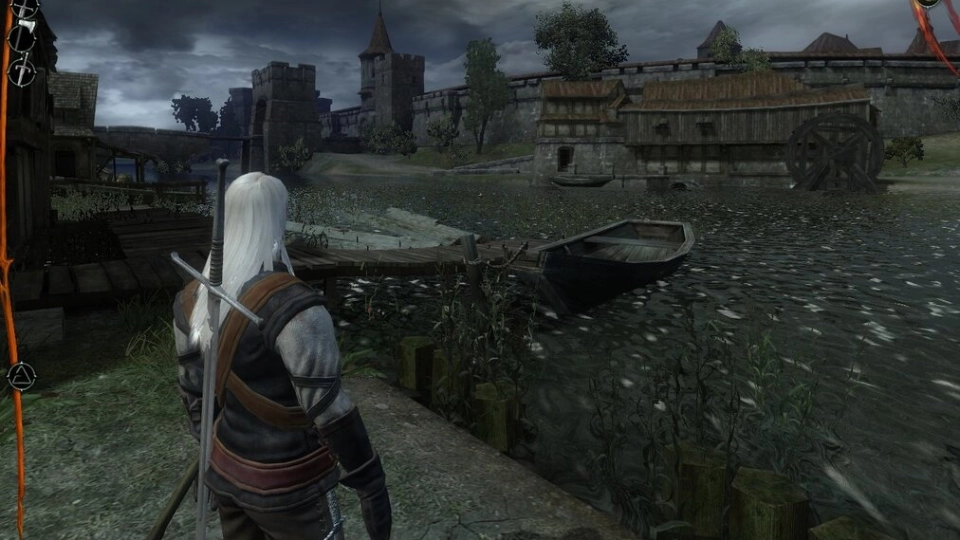
Next to your Vitality (health) and Endurance, you should pay close attention to a third bar, the toxicity. As a witcher, Geralt can brew potions from herbs and ingredients he finds along the way or loots from monsters, which grant him various bonuses, like night vision or a resistance towards acid-based attacks. However, the more potions Geralt consumes without resting, the greater his toxicity level, which causes detriments and can eventually kill him. Therefore you should always make sure that you either have potions with you which reduce the toxicity, or meditate at camp fires, which you have to do anyways, since only then you can craft new potions, level up or wait for specific times of day, as The Witcher features a complete day and night circle which is not only a nice visual effect, but also part of the gameplay.
For example, some beasts or ghosts only show during the night-time, whilst others appear at certain hours of the day. Or a quest can only be solved during a specific daytime. Did I mention that every beast has specific strengths and weaknesses you need to learn about in order to be able to properly fight them? The knowledge about these traits can be obtained from books you either find scattered through the world, or by purchasing them from merchants. These expenses are about the only ones you’ll have in the game, which makes looting corpses and some of the quest rewards rather uninteresting. A wasted opportunity since, according to the books, money is about the only motivation Geralt has to offering his services to civilians, who mostly are racist towards his kind. Outside of the dialogues, the NPCs populating the world in fact seem to care little about anything, as you can simply loot their houses and sell their belongings to the next merchant. “We are starving, a plague struck our fields. Can you bring me some food?” “Sure, no problem. How about this bread I found in your cupboard?” “You are a blessing to this world, wanna bang?” Yes, immersion is indeed a double-edged sword.
Summary
So is The Witcher a good game or not? It certainly isn’t a bad one. But like most games it has its ups and downs. So let me first I explain why I played it back in 2014, 7 years after its release. The problem was that back when it came out, games like Gothic 3 and The Elder Scrolls IV: Oblivion were also released and blew my 15-year-old mind away. In contrast, The Witcher was just a dark, gloomy fantasy tale with a confusing story, complicated gameplay mechanics and, compared to Gothic 3 , mediocre graphics at best. So, when my brother first showed it to me, I played it for about 3 hours, put it aside and didn’t touch it again. But then, 7 years later and with the prospect of the, back then, soon to be released The Witcher 3 being one of the greatest games of all times (which, in fact, is is), I thought about giving part one another try.
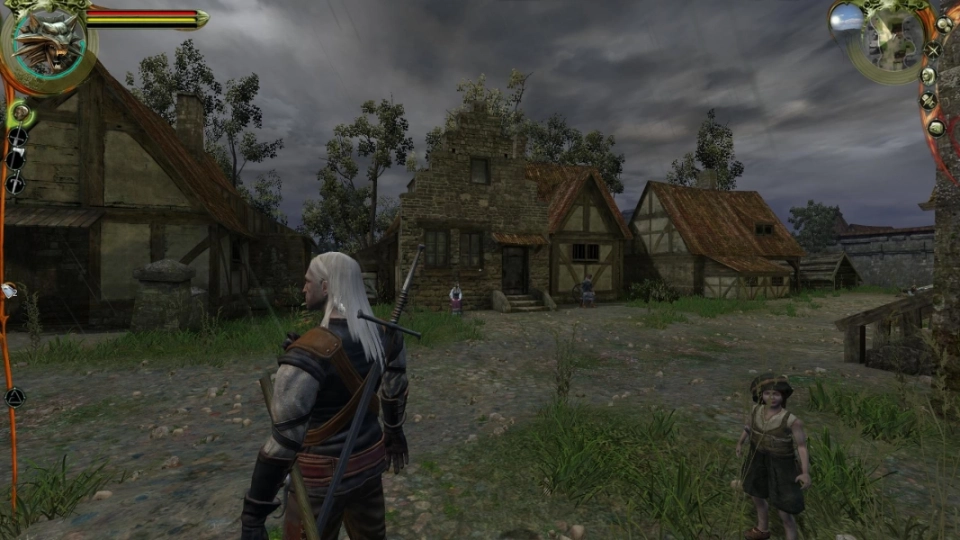
When I wrote this review some 5 years ago, I came to the conclusion, that I was gravely mistaken back when I was 15. The game, though not winning any beauty competitions, has an incredible atmosphere and a gripping story, which motivates through most of the game. Though having to bare some annoying gameplay elements like the meditation, which in all fairness is supposedly true to the books, but annoying none the less, or the inconceivable amount of pointless running around, the game was entertaining and offered another perspective on the fantasy-genre. Despite being in love with the classical portrayals of dwarfs, elves and the other fantasy 101, I enjoyed the darker version displayed in the witcher world, as well as the decision of whom to site with, was indeed one I put a lot of thought into.
In other games like for example Gothic 3, you got factions like the evil Orcs, the even more evil assassins or the boringly normal humans, whilst The Witcher The Witcher presents you with two parties, with both good and bad intentions. The game shows grey, where usually you would search for the black and white. For anyone who cares, I ended up being neutral and chose the path of the Witcher, which admittedly fills me with a bit of pride. But whatever you side decide upon in the end, you should definitely take a look at this game and give it a try. It might be confusing, exhausting and even boring in its worst moments, but all the rest makes up for it. The game is simply good, and a good introduction to the world of The Witcher.


